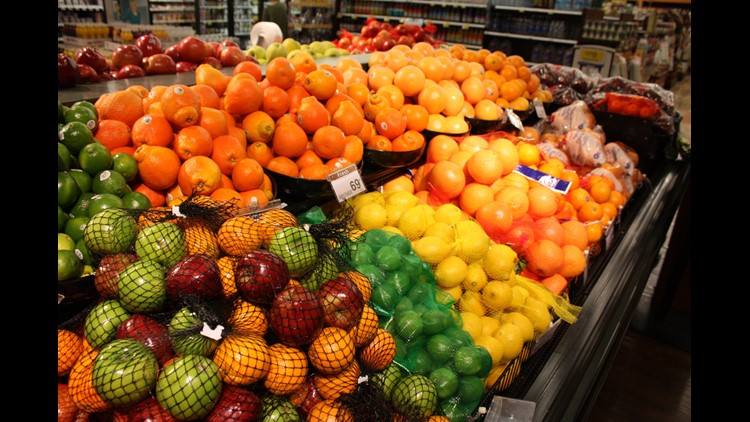(CNN) — Organic: it’s a word that gets bandied and bashed around a lot. Plenty of folks believe it’s synonymous with “healthy,” while others think it’s just an excuse for companies to vacuum the last of the cash from your wallet. Politics aside, what does the term actually mean?
Produce: Organic produce is grown without the use of synthetic fertilizers, sewage sludge, irradiation, and genetic engineering, and relies on natural or mechanical methods, rather than prohibited chemicals, for pest control. Simply put – it needs to be as natural as possible.
For food to be United States Department of Agriculture Certified Organic and bear the accompanying seal, it must be grown and processed according to specific federal guidelines that include, among others considerations, soil quality, pest and weed control, and the use of additives. The operation must be approved by a government inspector and go through a certification process. Handlers and processors that work with the food before it reaches the market must be government certified as well.
As with eggs, dairy and meat, produce can be produced organically without the farm having undergone the lengthy and fairly expensive process to be certified organic by the USDA’s National Organic Program’s inspectors. If a farm or business’ gross agricultural income from organic sales does not exceed $5,000 per year it doesn’t need to be certified in order to sell, label, or represent products as organic, but it may not use the “Certified Organic” seal unless it’s gone through the certification process.
It’s certainly possible (and increasingly popular) to garden organically at home. The USDA has assembled some handy tips for small-scale farming and home gardening use.
Meat and dairy: Meat and dairy sold as “organic” must be from animals that have been raised under specific animal welfare guidelines, given no antibiotics or growth hormones, provided with access to the outdoors, and fed with 100 percent organic feed – no animal byproducts or genetically modified or “GMO” crops – produced on land that has been free from the use of toxic and persistent chemical pesticides and fertilizers for a minimum of three years. Farms must undergo USDA inspection and certification to bear the organic seal.
A veterinarian may not withhold antibiotics in the case of illness, but rules for their use are very specific and the products, if sold, may not be labeled as organic.
Eggs: For eggs to be labeled “organic,” they must come from farms that meet the USDA’s National Organic Standards and are routinely inspected to ensure compliance. Hens must be fed organic feed.
The hens themselves must be maintained without hormones and other intrusive drugs and antibiotics may only be used in cases in cases of outbreak or disease. They’re also kept in a cage-free environment and allowed access to the outdoors.
Labeling: Meat marketed as “organic” must be 100 percent organic. Multi-ingredient products marketed with the USDA organic seal must contain 95 percent or more certified organic content.



